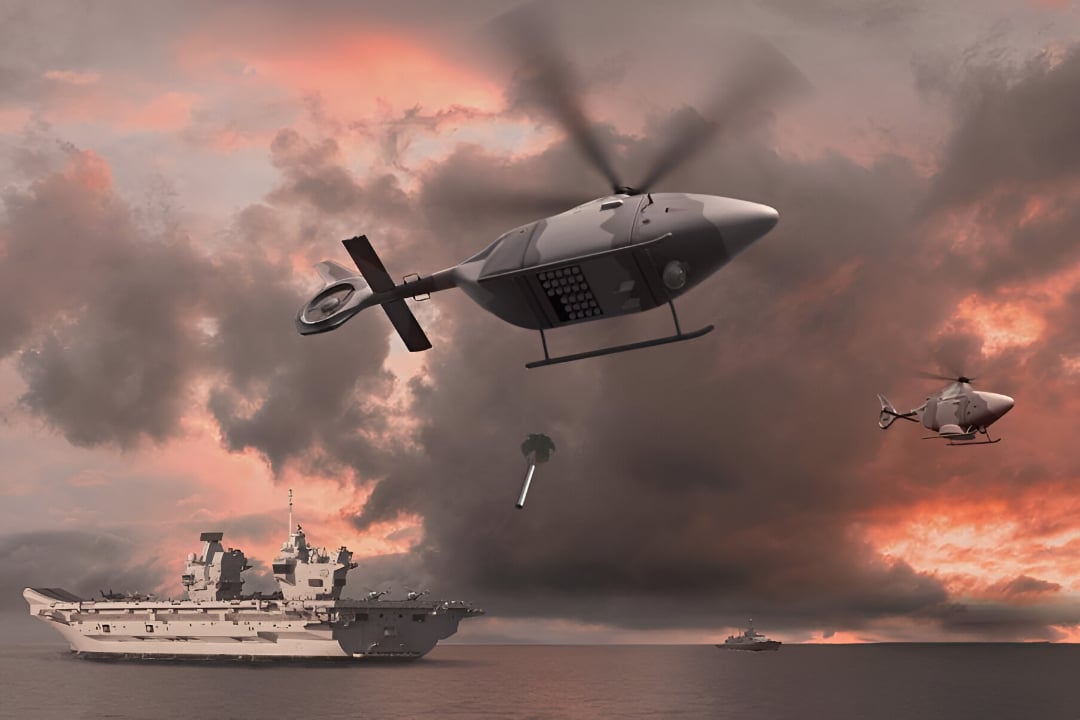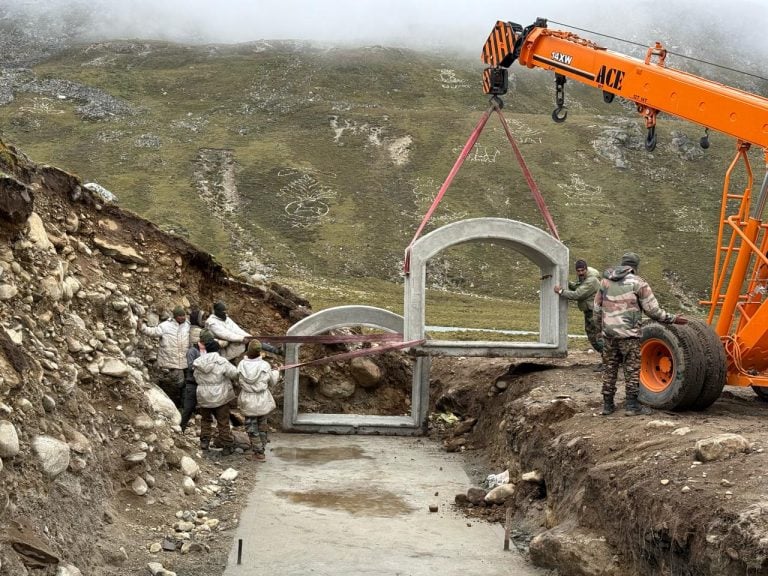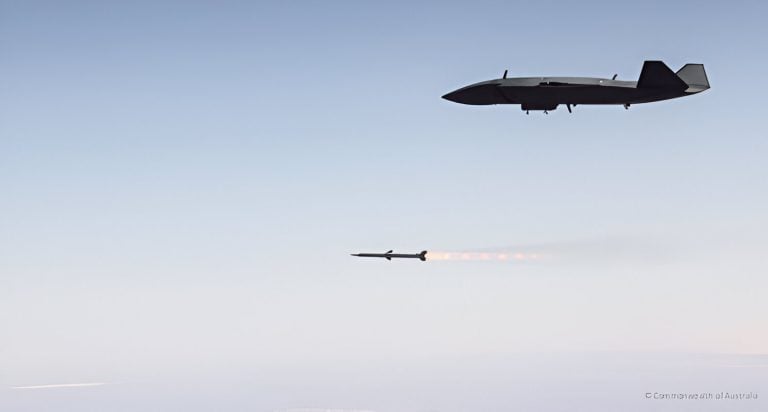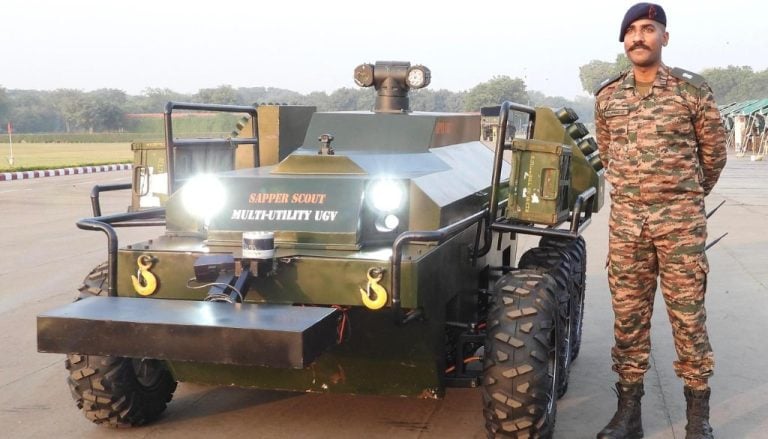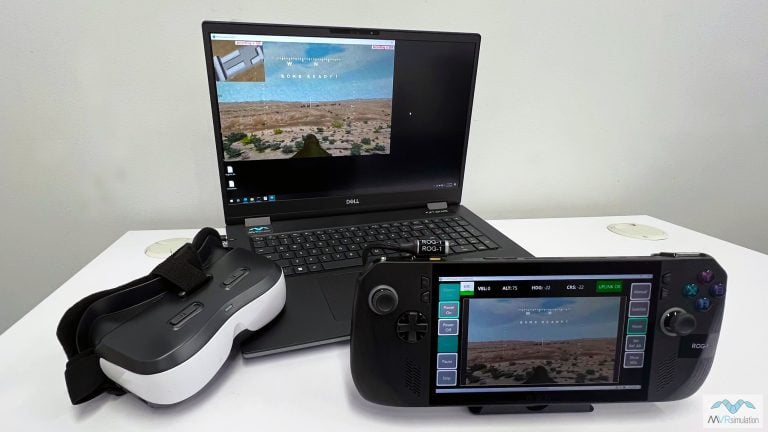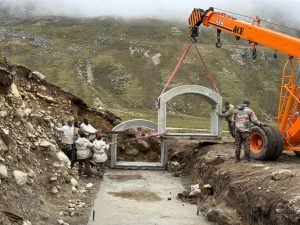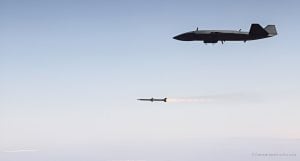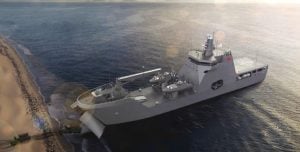The UK is making significant strides in the integration of autonomous technology within its maritime defense, particularly through the Anti-Submarine Warfare (ASW) Spearhead program. This initiative represents a collaborative effort that unites the Royal Navy, private industry, and research organizations, aimed at enhancing maritime operations while minimizing the reliance on traditional crewed vessels.
The ASW Spearhead program has successfully transitioned from conceptual planning to the development of operational platforms within a relatively short timeframe. Key to this progress are three autonomous naval testbeds: CETUS, PROTEUS, and SCYLLA. Each of these platforms is engineered to improve the UK’s undersea and aerial operational capabilities, ushering in a new era of naval warfare that emphasizes autonomous systems.
CETUS stands out as a significant achievement; it is the UK’s largest uncrewed submarine to date, measuring 12 meters (39 feet) in length and weighing 20 tonnes (approximately 55,100 pounds). This advanced underwater vehicle is designed to perform complex missions that contribute to enhanced surveillance and reconnaissance in maritime domains.
With these developments, the UK aims to establish a more formidable presence in anti-submarine operations, leveraging the advantages of autonomous technology to address contemporary threats in maritime security. As the project continues to evolve, it marks a pivotal shift in how navies worldwide might approach future naval engagements.
